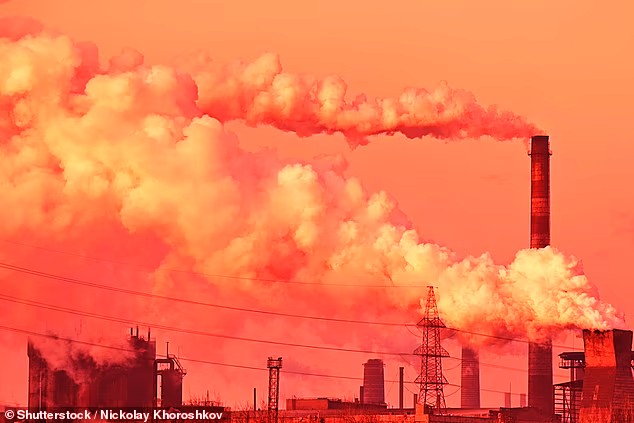Is there a secret to longevity? This health expert says 1,000% yes
In the era of social media, post-COVID, and with mental health at the forefront, a shift is taking […]

As the planet grapples with the escalating impacts of climate change, a new report from the UN Environment Programme (UNEP) paints a dire image of our future. The basic foundation of life as we know it is under danger due to the world’s track towards a catastrophic spike in global temperatures. Can we still turn the tide, though, and what are the ramifications of this possible crisis?
Climate Science Is Clear
Researchers stress that there is no safe level of climate change and that 1.5°C has emerged as a vital threshold that will cause the most detrimental effects. Widespread ecological collapse and devastating natural calamities could result from inaction.
Lack of Political Will
Countries continue to struggle to fulfil their climate pledges in spite of overwhelming scientific data. Leaders must be held responsible for taking decisive action rather than just talking the talk at the upcoming Cop29.
Technological Solutions Exist
There are technological tools at our disposal to accomplish the required reductions in emissions. Making the switch to renewable energy and improving carbon capture techniques are workable tactics that can result in notable decreases in greenhouse gas emissions.
Global Mobilisation Is Critical
UNEP executive director, Inger Andersen, warns that “climate crunch time is here,” meaning that in order to ensure a sustainable future, there must be an immediate worldwide mobilisation. The likelihood of exceeding crucial temperature thresholds will only rise in the absence of coordinated action.
Every Bit Helps
Every fraction of a degree that is saved can save lives and save economies, even if we go beyond the 1.5°C objective. It’s an appeal, the UN stressed, to put environmental preservation and economic expansion first.
The United Nations cautions that unless we take quick, unprecedented global action, temperatures will rise by 2.6°C to 3.1°C by the end of the century. The Paris Agreement’s goal of limiting warming far below 2°C is greatly exceeded by this forecast.
Current Emissions Trends
In 2023, global greenhouse gas emissions increased by 1.3%, which was more rapid than the average for the previous ten years. More than 77% of these emissions come from the G20 countries.
Required Emission Cuts
Countries must work together to cut yearly greenhouse gas emissions by 42% by 2030 and 57% by 2035 in order to reach the 1.5°C target. To meet this challenging goal, energy efficiency must be improved and renewable energy capacity must be tripled.
Risky Vulnerable Populations
Climate change’s consequences disproportionately affect poorer and vulnerable communities, exacerbating existing inequalities.
As developing countries get ready for the upcoming UN Cop29 negotiations in Azerbaijan, experts maintain that there is an urgent need for more funding to assist them fight climate change.
Are we prepared to alter our course?
The stakes have never been higher, and the proof is growing. As the globe nears a turning point in the battle against climate change: will we muster the will to make the adjustments required to ensure a habitable future, or will we continue down the path toward irreversible climate catastrophe?

In the era of social media, post-COVID, and with mental health at the forefront, a shift is taking […]

With its fast speeds and revolutionary potential, 5G stands out as a noteworthy milestone in the field of […]